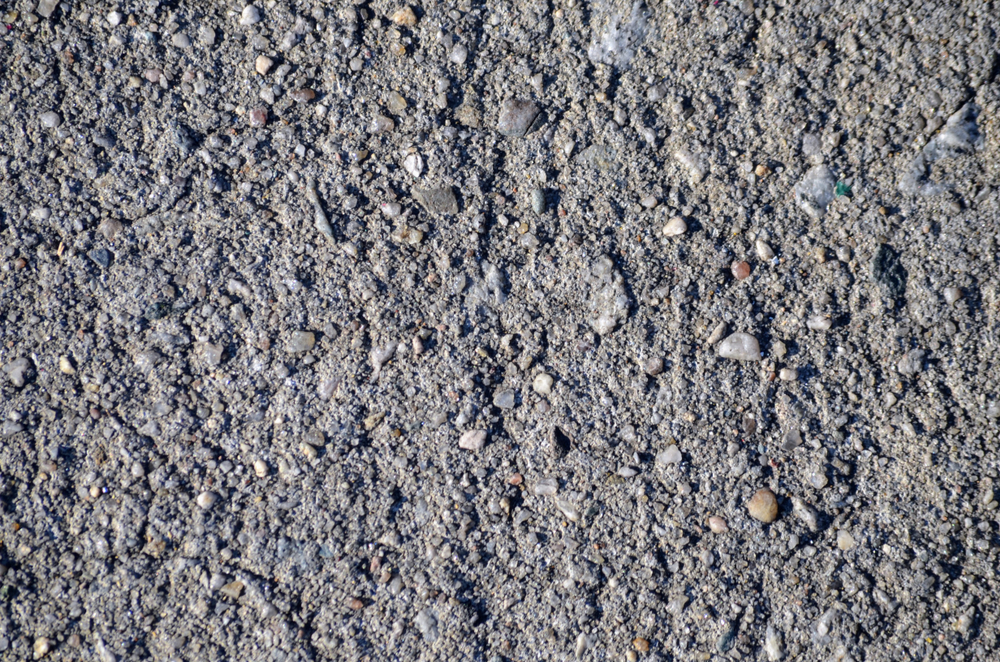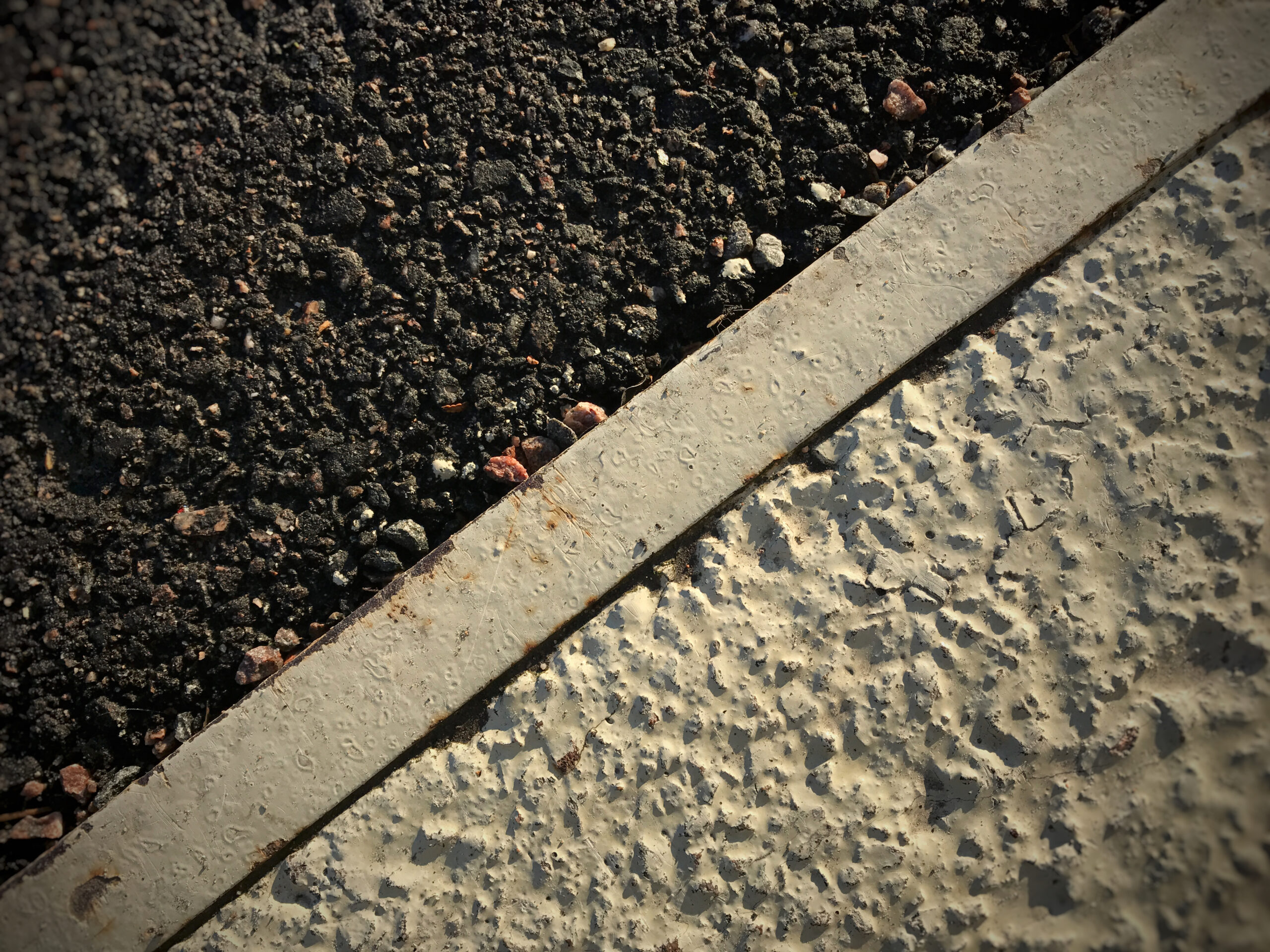
Sidewalks are the unsung workhorses of our neighborhoods, guiding every step we take for decades. Selecting the right concrete-from high-strength, air-entrained C30 mixes and fiber-reinforced blends to permeable, pervious, and decorative stamped options-delivers a durable, crack-resistant, low-maintenance surface that stands up to traffic and climate extremes.
Whether you’re planning a residential strollway or a busy commercial walkway, choosing one of these proven concrete types will set the foundation for a sidewalk that lasts for generations.
Understanding Sidewalk Requirements and Performance Factors
Before selecting a concrete type for your sidewalk project, it’s essential to consider the specific requirements and environmental conditions that will impact performance.
Evaluating Traffic Patterns and Load Requirements
Sidewalks experience different levels of stress depending on their location and use. Residential sidewalks typically handle light foot traffic, while commercial and public sidewalks may need to withstand heavier pedestrian flow and occasional maintenance vehicle crossings.
Understanding these usage patterns helps determine the appropriate concrete strength needed for your specific application.
A standard sidewalk should have a compressive strength of at least 4,000 pounds per square inch (psi) to ensure it can withstand regular foot traffic and environmental stressors. This strength level provides the durability needed to resist sidewalk cracking issues under normal conditions while maintaining structural integrity over time.
Climate Considerations for Concrete Selection
Local climate conditions significantly impact concrete performance and longevity. In regions with freeze-thaw cycles, selecting concrete with appropriate air entrainment is crucial for preventing premature deterioration.
Air-entrained concrete contains microscopic air bubbles that act as shock absorbers during freeze-thaw cycles, providing space for water to expand when frozen without damaging the concrete structure. This feature is especially important in northern climates where temperature fluctuations are common throughout the year.
Compliance with Local Codes and Accessibility Standards
All sidewalk projects must comply with local building codes and ADA accessibility requirements. These regulations typically specify minimum width, maximum slope, surface texture for slip resistance, and other critical factors that affect both design and concrete selection.
Popular Concrete Types for Sidewalk Applications
Several concrete types have proven effective for sidewalk applications, each offering distinct advantages for specific situations.
Standard Concrete Mixes (C25-C30)
C25 (ST2) concrete is a versatile mix commonly used for residential applications, including sidewalks and pathways. With a 25 Newton/28-day strength rating, it provides adequate durability for light-use areas while remaining cost-effective.
C30 (PAV1/ST3) concrete represents a step up in strength and durability, making it one of the most commonly recommended options for sidewalk construction.
This mix includes an air entrainment additive that creates standardized air bubbles throughout the concrete, enhancing freeze-thaw resistance. The 30 Newton/28-day strength rating provides excellent durability for standard sidewalk applications in various climate conditions.
Fiber-Reinforced Concrete
Fiber-reinforced concrete incorporates small fibers (typically steel, synthetic, or glass) distributed throughout the mix. These fibers form a three-dimensional reinforcement structure that significantly increases tensile strength, impact resistance, and crack control capabilities.
For sidewalks in areas with unstable soil conditions or susceptibility to ground movement, fiber reinforcement provides additional protection against cracking and structural failure. The evenly distributed fibers help hold the concrete together even when minor cracking occurs, preventing small cracks from expanding into larger structural issues.
Permeable Concrete
Permeable (pervious) concrete offers an environmentally friendly alternative for sidewalk applications, particularly in areas concerned with stormwater management. This specialized concrete mix creates a porous structure that allows water to pass through rather than run off the surface.
The enhanced drainage capabilities of permeable concrete prevent puddle formation, reduce flooding risks, and can contribute to groundwater recharge. While not typically used for primary walkways, permeable concrete works well for secondary paths in parks, gardens, and environmentally conscious developments.
Stamped and Decorative Concrete
Stamped concrete provides the aesthetic appeal of more expensive materials like brick or stone while maintaining the durability and affordability of traditional concrete. This decorative option can enhance property value and complement architectural features while still providing a durable walking surface.
The stamping process involves impressing patterns onto freshly placed concrete before it fully cures, followed by the application of color hardeners and sealants to protect the surface and enhance the decorative effect.
Key Components and Mix Proportions
The performance of concrete sidewalks depends largely on the quality and proportions of materials used in the mix.
Cement, Aggregate, and Water Ratios
A standard concrete mix for sidewalks typically consists of Portland cement, sand, gravel, and water in carefully controlled proportions. A common mix ratio involves one part cement, two parts sand, and three parts gravel. This balanced formula provides sufficient strength while maintaining the workability needed for proper placement and finishing.
The water-cement ratio is particularly critical, as it directly affects both strength and durability. Too much water weakens the finished concrete and increases the risk of shrinkage cracking problems, while too little makes placement difficult and can lead to inadequate consolidation.
Specialized Additives for Enhanced Performance
Beyond air entrainment, various additives can customize concrete performance for specific project requirements:
- Water reducers improve workability without adding additional water, resulting in stronger concrete with less shrinkage potential.
- Accelerators speed up the curing process in cold weather, helping prevent freeze damage during early strength development.
- Retarders slow curing in hot weather, providing more working time and reducing the risk of surface cracking due to rapid drying.
- Superplasticizers dramatically increase flowability for difficult placement situations without compromising strength.
Proper Joint Design and Placement
Concrete naturally expands and contracts with temperature and moisture changes. Proper jointing is essential to control cracking and allow for this natural movement.
Control Joints vs. Expansion Joints
Control joints (also called contraction joints) are intentionally created weak points that encourage cracks to form in straight, predetermined lines rather than randomly across the surface. These joints should be cut to a depth of at least one-quarter the sidewalk thickness.
Expansion joints, by contrast, completely separate concrete sections to allow independent movement without stress transfer. These joints use compressible materials (typically asphalt-impregnated fiber board) that can compress and expand with the concrete’s movement.
Joint Spacing Guidelines for Sidewalks
For sidewalks, control joints should typically be spaced at intervals equal to 2-3 times the sidewalk thickness in feet. For a standard 4-inch-thick sidewalk, this translates to control joints every 8-12 feet. This spacing prevents random cracking between the controlled sections by ensuring that any shrinkage stress can be relieved at the joints.
Expansion joints are generally required where sidewalks meet rigid structures (buildings, curbs, stairs), at changes in direction, and at regular intervals along longer sidewalk runs. While specific requirements vary by location, expansion joints are typically placed at maximum intervals of 50 feet for straight runs of sidewalk.
Joint Installation Techniques
Control joints can be created using several methods:
- Tooled joints are formed while the concrete is still plastic, using a specialized jointing tool that creates a straight, controlled weak point.
- Saw-cut joints are created after the concrete has hardened enough to prevent raveling but before random cracking occurs, typically within 4-12 hours after placement.
Expansion joints must be installed before concrete placement, with the compressible material extending the full depth and width of the sidewalk. The top edge is typically sealed with a flexible sealant to prevent water infiltration while allowing movement.
Subgrade Preparation for Long-Term Stability
Even the highest quality concrete will fail prematurely if placed on an inadequate base. Proper subgrade preparation is essential for sidewalk longevity.
Soil Evaluation and Preparation
Before construction begins, the soil beneath the proposed sidewalk should be evaluated for load-bearing capacity and stability. Expansive clay soils may require special preparation or replacement, while sandy soils generally provide better drainage but may need additional compaction.
Any organic material, loose soil, or unsuitable material must be removed and replaced with properly compacted fill or base material. Failure to remove unsuitable materials can lead to uneven settling, cracking, and premature sidewalk failure.
Compaction Standards and Testing
The subgrade should be compacted to at least 95 percent of the maximum dry density as determined by standard testing methods (ASTM D698). Proper compaction eliminates air pockets and provides uniform support, preventing differential settlement that can lead to cracking.
Compaction should be verified through appropriate testing methods before proceeding with base material placement or concrete pouring. This verification ensures that the foundation will provide adequate support for the sidewalk under all anticipated loading conditions.
Base Materials and Thickness
A granular base of crushed stone or gravel provides drainage and support beneath the concrete. For standard sidewalks, a 4-6-inch compacted base is typically sufficient, though heavier-use applications or poor soil conditions may require thicker bases.
The base material should be properly graded to provide stability while allowing drainage, and should be compacted in lifts to ensure uniform density throughout its depth. Proper base preparation is one of the most important factors in preventing sidewalk cracking and settlement.
Key Considerations for Sidewalk Durability
Regardless of the type of concrete you choose, there are several important factors to consider to ensure that your sidewalk lasts as long as possible.
1. Proper Curing Techniques
Curing is one of the most critical steps in ensuring the durability of your sidewalk. Concrete needs to be cured properly to allow the cement to hydrate and harden. Without proper curing, the concrete may weaken and be more susceptible to cracking and deterioration. Curing should begin immediately after the concrete is poured and continue for several days to ensure optimal strength.
2. Proper Drainage and Site Preparation
Before pouring concrete, proper site preparation is essential to avoid issues such as standing water or shifting soil beneath the sidewalk. A well-prepared site will help ensure that water drains properly and reduce the likelihood of cracking due to freeze-thaw cycles. Drainage systems, such as French drains or swales, may be necessary for areas prone to excessive water accumulation damage.
3. Expansion Joints and Control Joints
Concrete is prone to expansion and contraction due to temperature fluctuations. To prevent cracking, it is essential to incorporate expansion joints and control joints into the sidewalk design. These joints allow for movement and help manage stress within the concrete, extending its lifespan.
Protection from Traffic and Weather Extremes
New concrete should be protected from foot traffic for at least 24 hours and vehicle traffic for at least seven days. Premature loading can cause permanent damage that reduces long-term performance.
Protection from rain, freezing temperatures, and direct sun during early curing prevents surface defects and strength loss. Plastic sheeting, insulating blankets, or temporary shelters may be necessary depending on weather conditions during the curing period.
Maintenance for Extended Lifespan
Even properly installed concrete requires regular maintenance to achieve maximum service life.
Regular Inspection and Crack Sealing
Annual inspections help identify small issues before they become major problems. Prompt sealing of minor cracks prevents water infiltration that could lead to freeze-thaw damage or subbase erosion.
Small cracks (less than 1/4 inch) can typically be repaired with specialized concrete crack sealants that remain flexible to accommodate continued movement. Larger cracks may require more extensive repair techniques or partial replacement.
Cleaning and Sealing Practices
Regular cleaning removes staining agents and prevents organic growth that can degrade concrete surfaces. Pressure washing with appropriate cleaners can restore appearance while removing potentially damaging materials.
Applying penetrating sealers every 3-5 years provides additional protection against water infiltration, deicing chemicals, and staining. These sealers maintain the concrete’s natural appearance while extending its service life through enhanced resistance to environmental damage.
Why Choose Professional Installation
While sidewalk installation may seem straightforward, professional contractors bring valuable expertise to these projects.
Benefits of Expert Design and Material Selection
Professional contractors evaluate site conditions, usage requirements, and environmental factors to recommend the appropriate concrete mix and installation methods. Their expertise prevents costly mistakes and ensures compliance with local standards.
Experienced professionals can anticipate potential problems and implement preventive measures during the design and installation phases, resulting in higher-quality sidewalks with fewer future issues.
Why Partner with Asphalt Coatings Company
Asphalt Coatings Company brings extensive experience in concrete installation and maintenance across various applications, including sidewalks of all types.
Expertise in Concrete Selection and Installation
Our team understands the complexities of concrete mix design and can recommend the optimal solution for your specific sidewalk project. We consider traffic patterns, climate conditions, aesthetic preferences, and budget constraints to deliver superior results.
Comprehensive Service from Design to Maintenance
From initial consultation through final inspection, we provide comprehensive service that ensures your sidewalk meets or exceeds expectations. Our maintenance programs help preserve your investment for decades to come.
Ready to install a durable, attractive concrete sidewalk? Contact Asphalt Coatings Company today for a free consultation and estimate on your sidewalk project.
Frequently Asked Questions
- What is the best concrete strength for a residential sidewalk?
A concrete mix with a compressive strength of 4,000 psi (C30 grade) is typically recommended for residential sidewalks, providing an optimal balance of durability and cost-effectiveness.
- How long should a properly installed concrete sidewalk last?
With quality materials, proper installation, and regular maintenance, a concrete sidewalk can last 30-40 years or more before requiring replacement.
- When should control joints be cut in new concrete sidewalks?
Control joints should be cut when the concrete has hardened enough to prevent raveling but before random cracking occurs, typically within 4-12 hours after placement.
- What’s the proper spacing for expansion joints in sidewalks?
Expansion joints should be placed where sidewalks meet rigid structures and at intervals of approximately 50 feet for straight runs.
- Can sidewalks be poured in cold weather?
Yes, but special precautions must be taken to ensure proper curing, including using accelerators, providing insulation, and maintaining adequate temperatures during the critical early curing period.
Building Sidewalks That Last Starts with the Right Concrete Choice
Choosing the best concrete for your sidewalk depends on a variety of factors, including the expected traffic load, local climate conditions, and aesthetic preferences. Whether you opt for standard concrete, reinforced concrete, high-strength concrete, or decorative options like stamped or exposed aggregate concrete, ensuring proper installation and maintenance is crucial to achieving a long-lasting and durable sidewalk.
By selecting the right concrete type and working with trusted professionals, you can enjoy a sidewalk that enhances the safety, functionality, and appearance of your property for many years.
Ready to build a sidewalk that lasts? Contact Asphalt Coatings Company today for expert advice, high-quality materials, and professional installation that’s built to perform in Colorado’s demanding environment.


